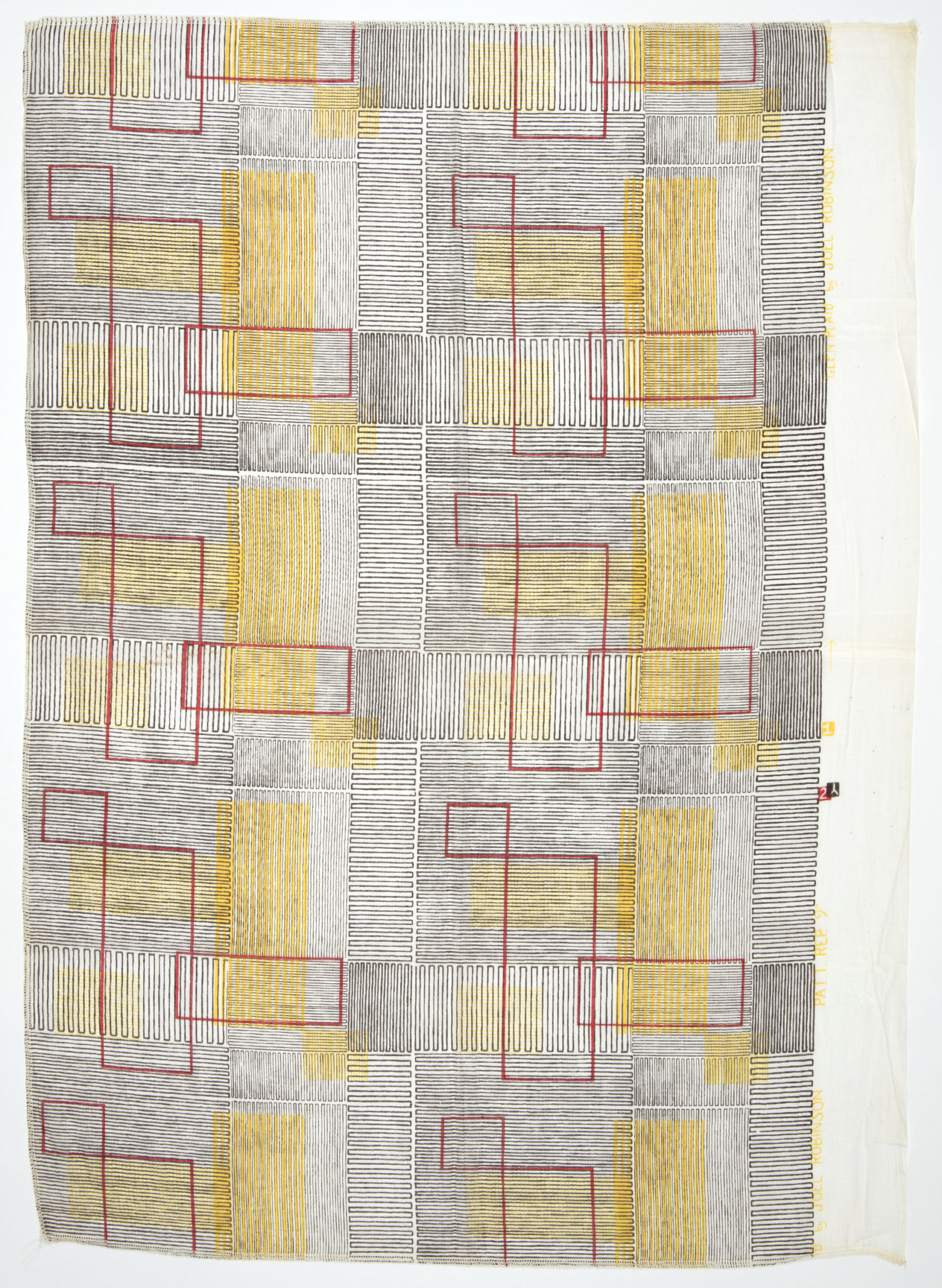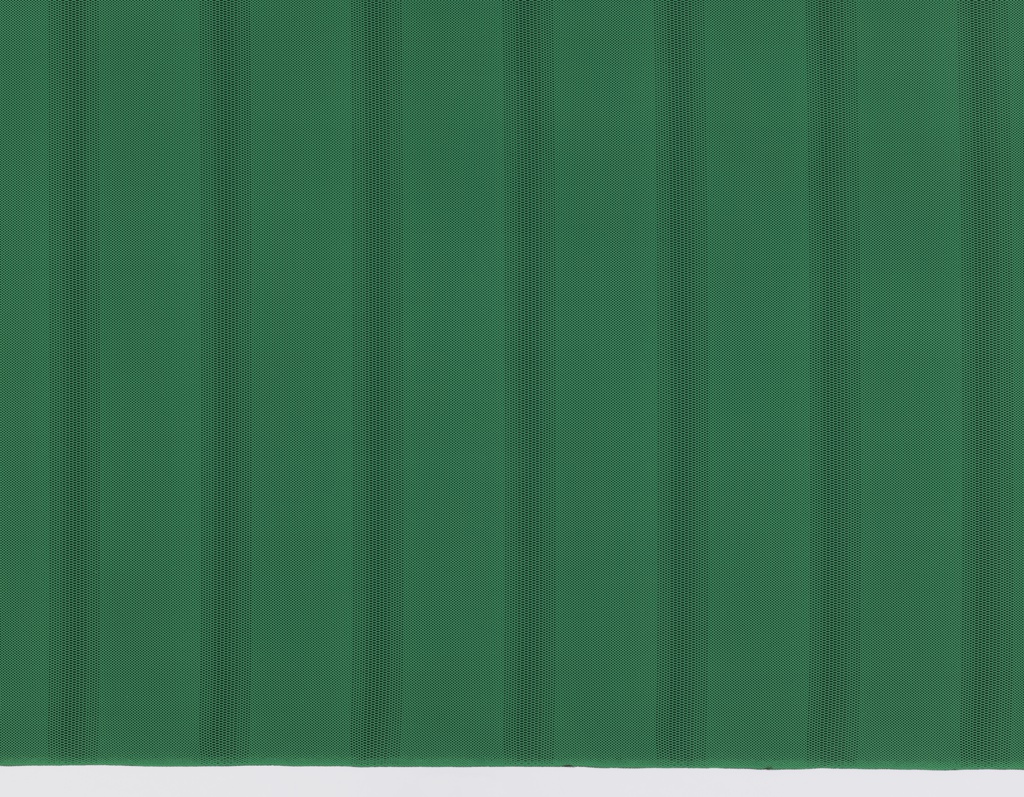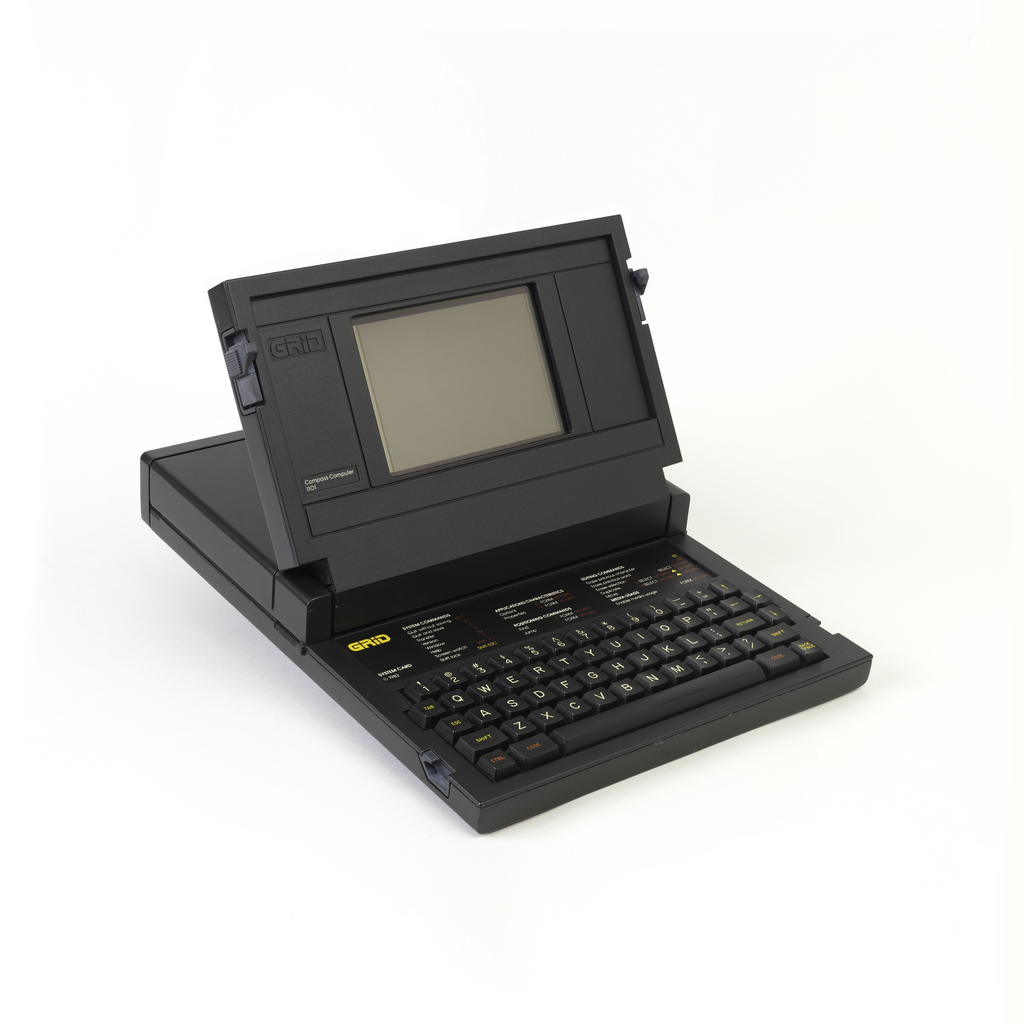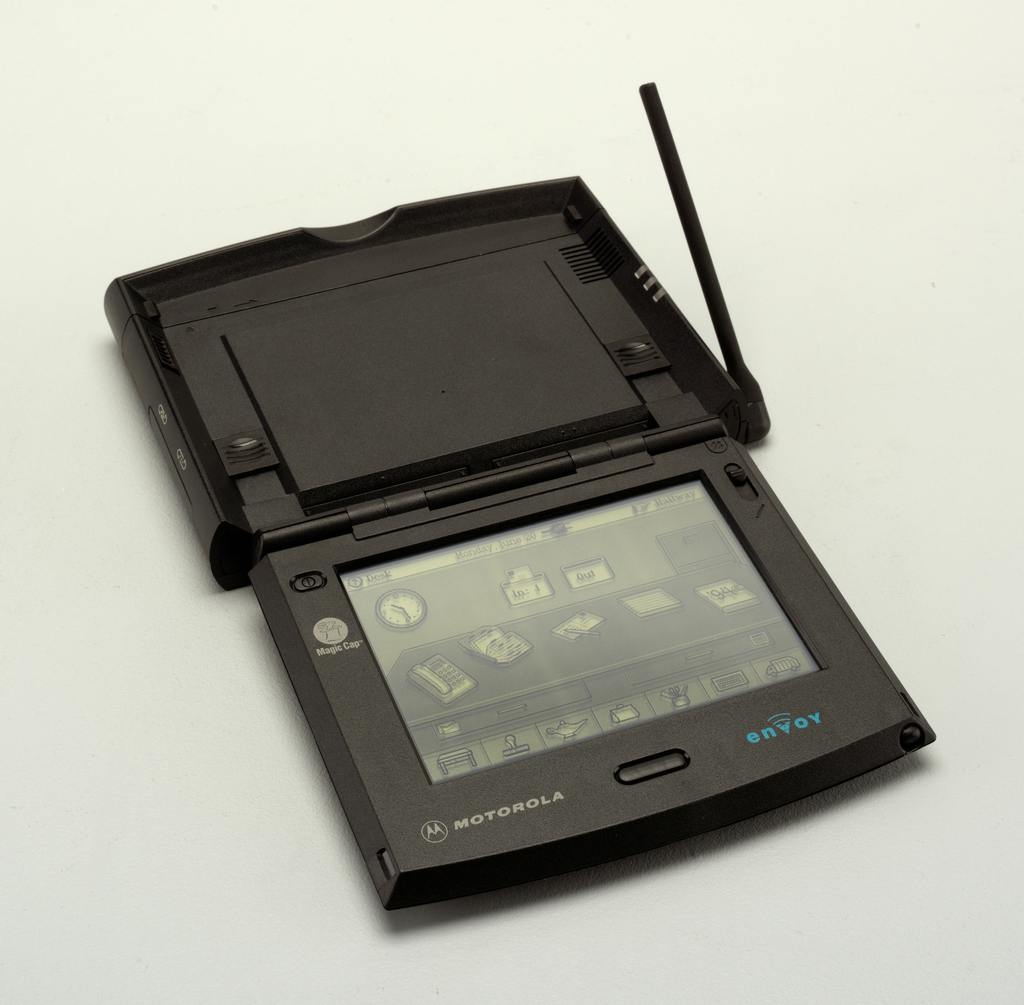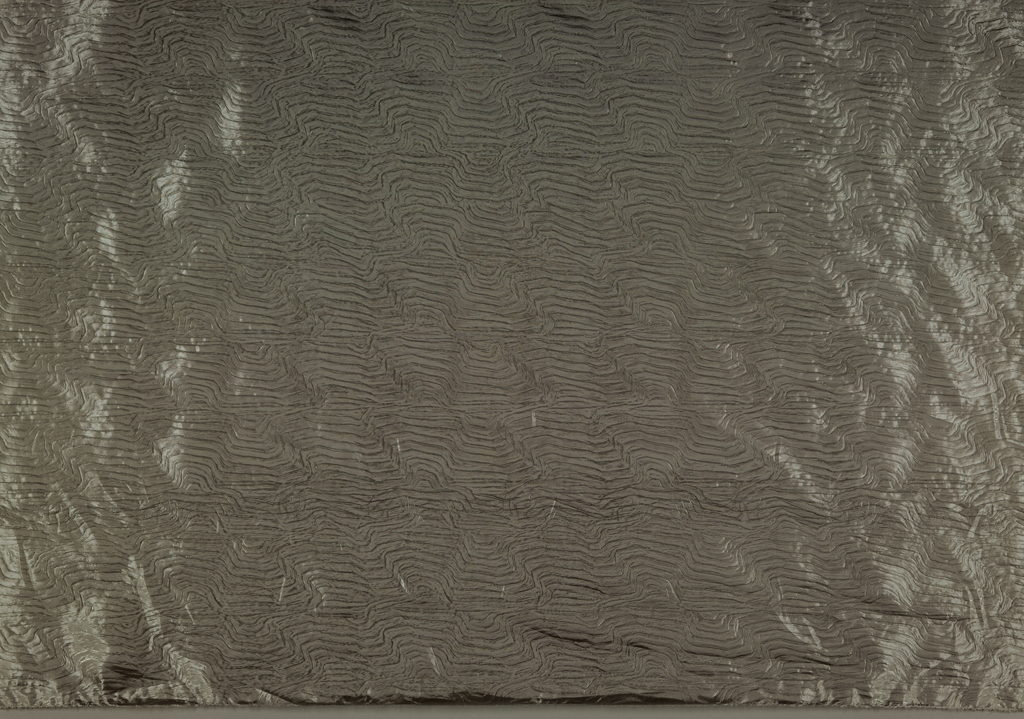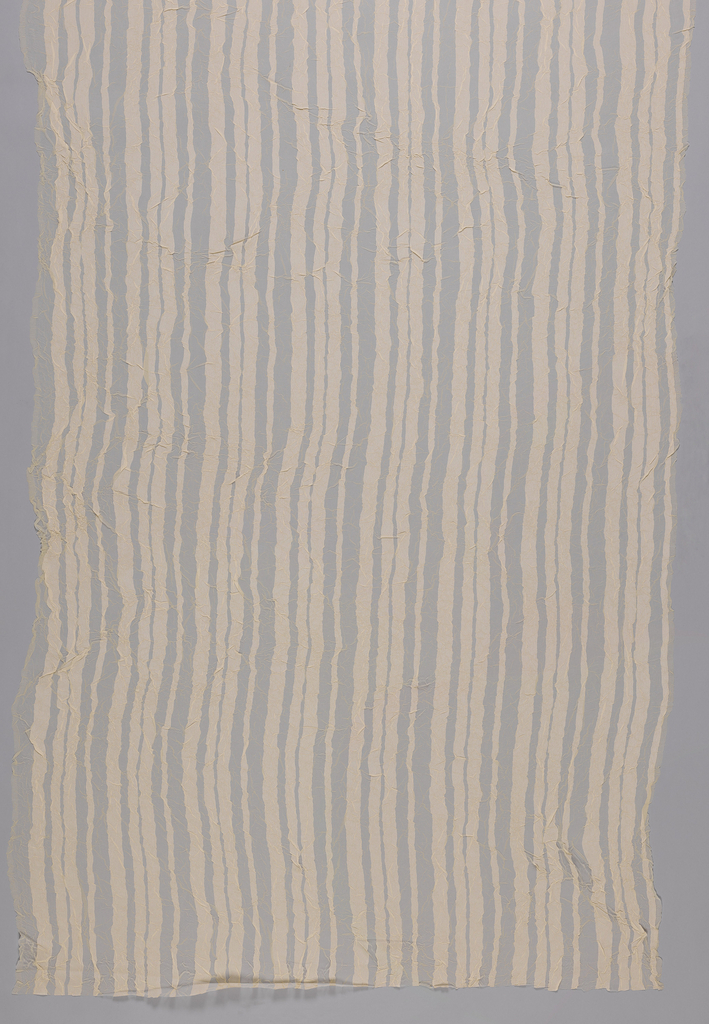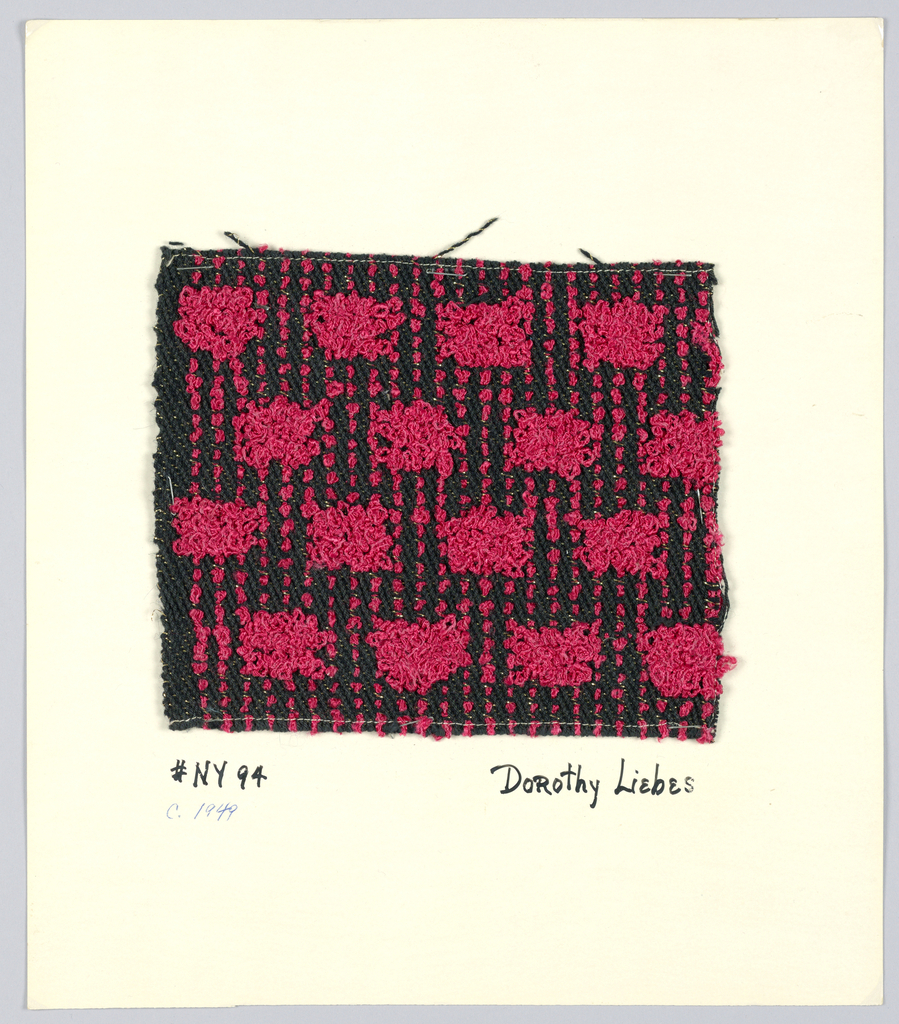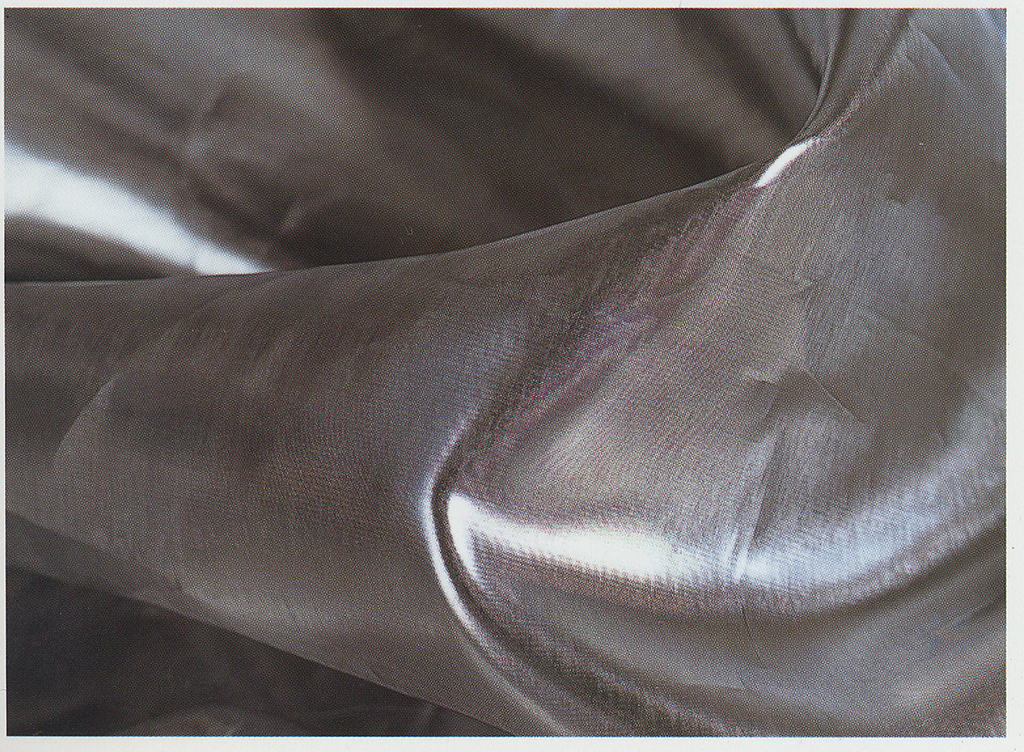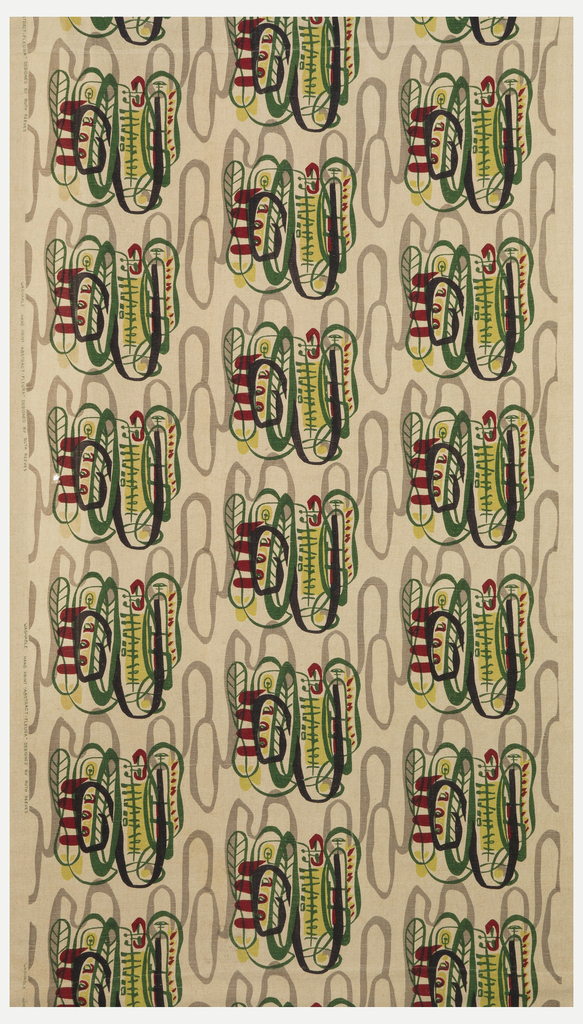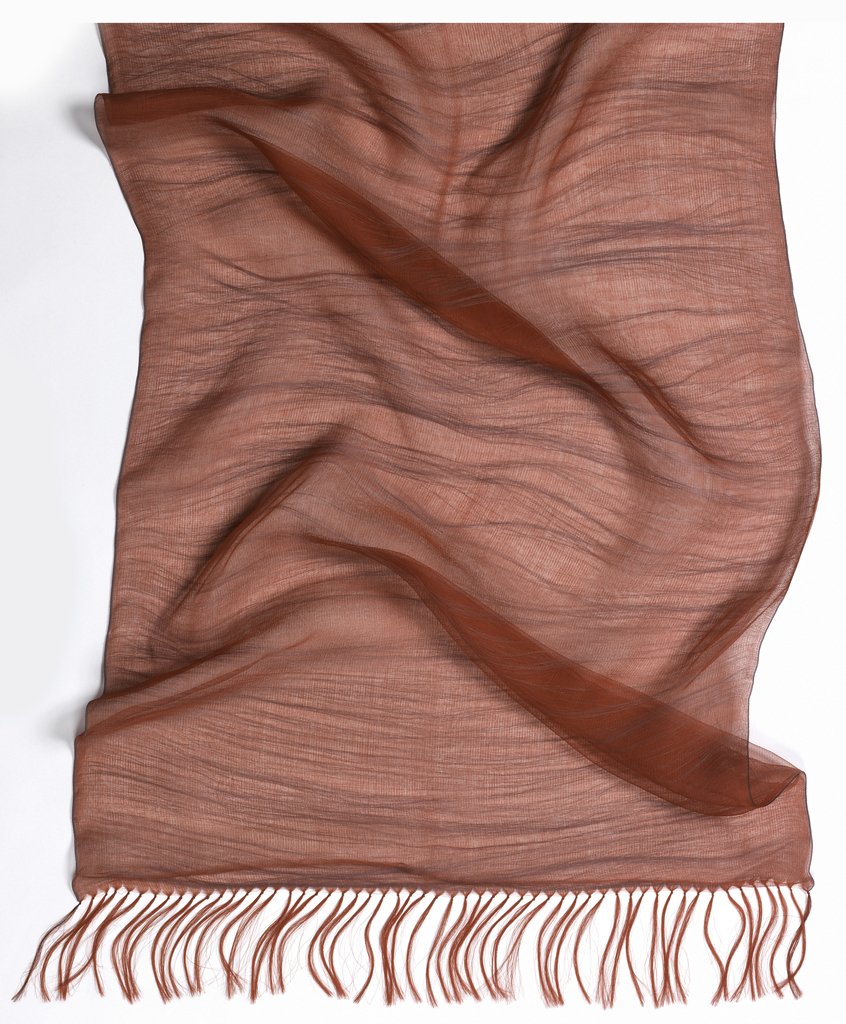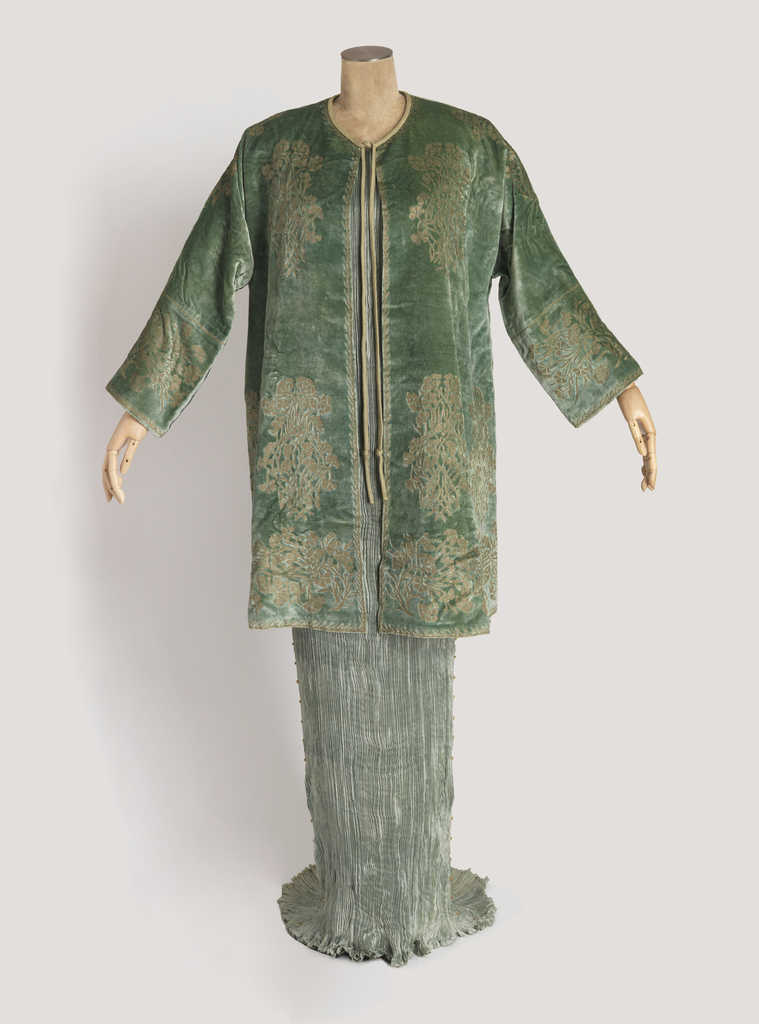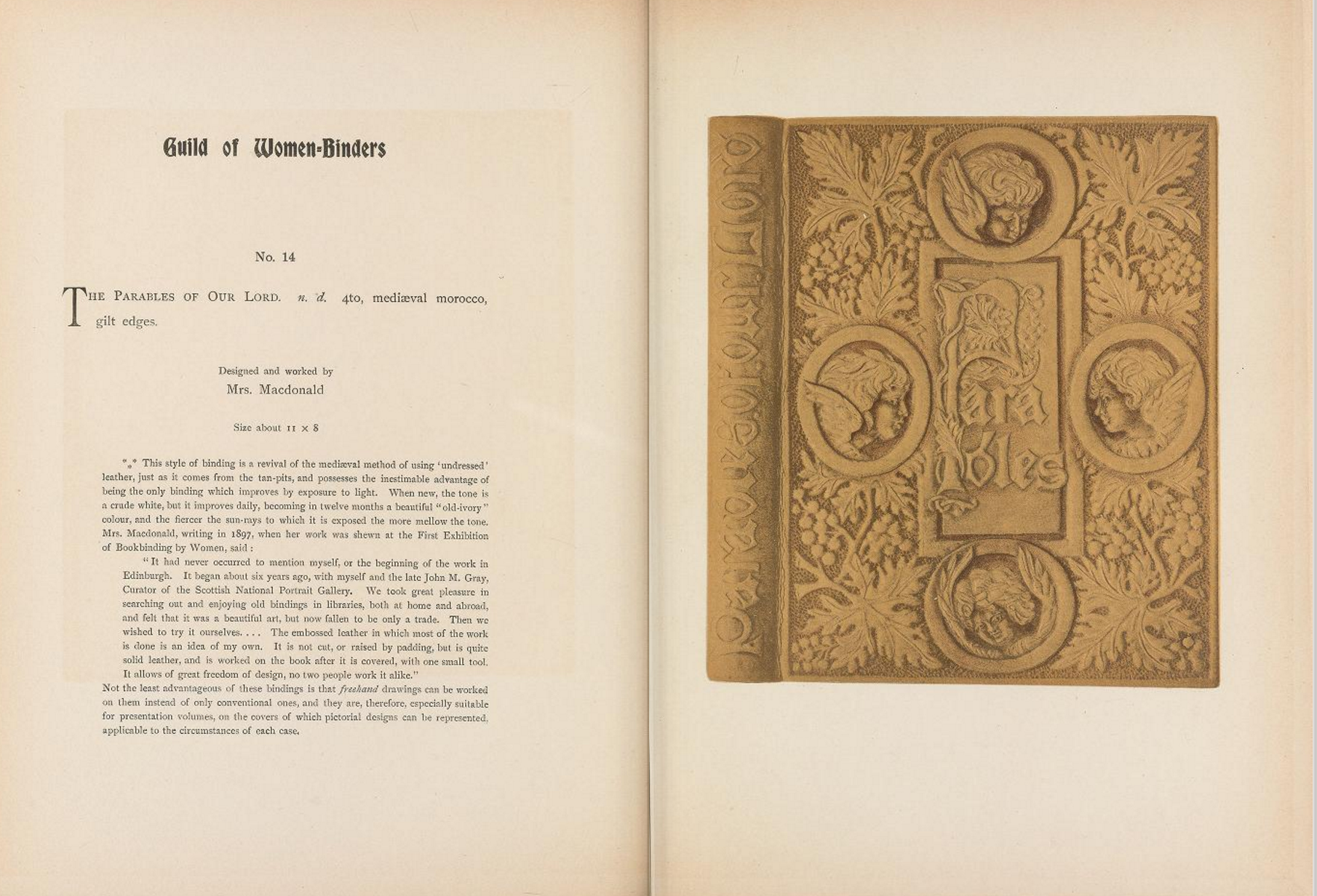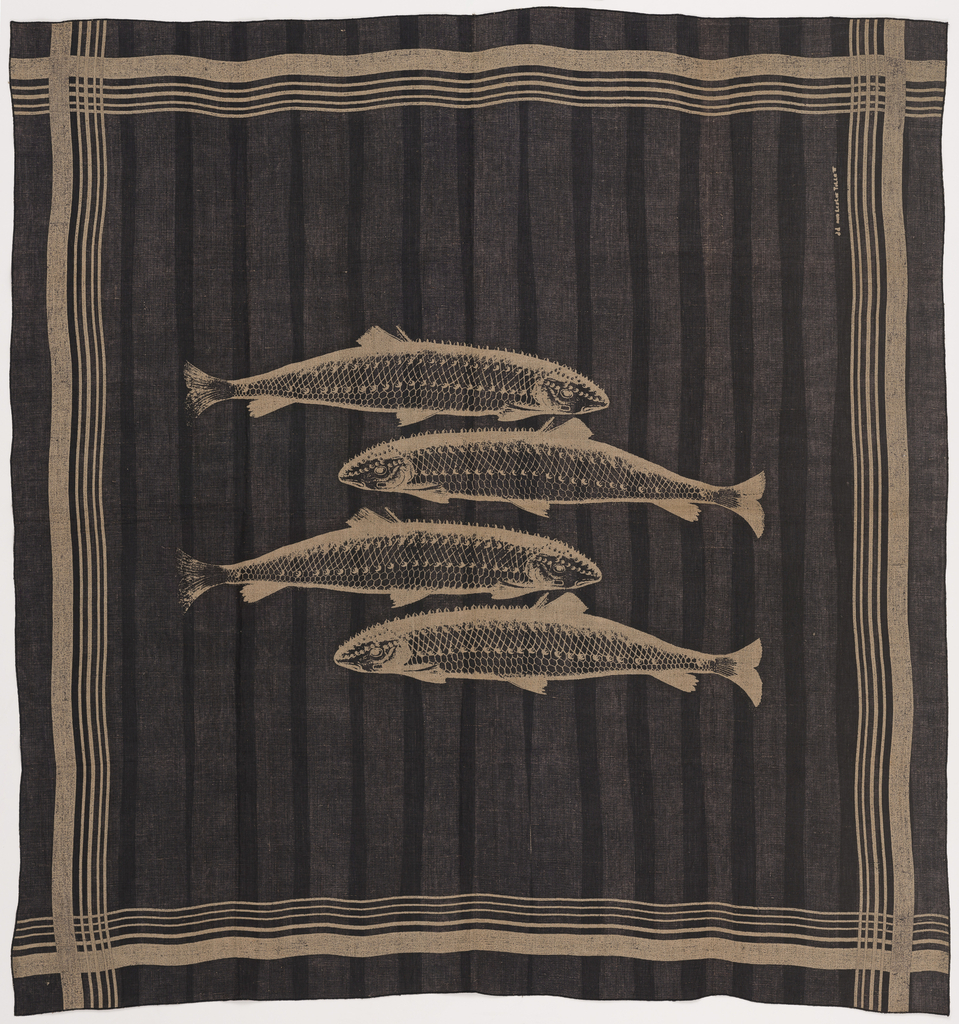“One of the most promising newcomers in the highly competitive field of fabric design is a youthful, multi-talented New Yorker, Joel Robinson,” Ebony magazine proclaimed in 1952.[1] Robinson’s printed fabric Ovals had been shown that winter in The Museum of Modern Art’s 1951 Good Design exhibition, making him the first African American to be included...
Lift is part of an ongoing series of innovative textiles designed by German designer, Konstantin Grcic in collaboration with Maharam. A sporty, patterned knit, Lift continues Grcic’s exploration of nontraditional textile manufacturing techniques. When Grcic designed his first four nonwoven textiles for Maharam in 2015 he toured production facilities throughout Europe to gain a deeper...
The GRiD Compass laptop was an innovation due to its clamshell case. A media conservator discusses how to assess and maintain the digital elements within.
This week’s posts feature case studies from Cooper Hewitt’s Digital Collections Management Project, a conservation survey of born-digital and hybrid objects in the permanent collection. The two-year project was coordinated by an in-house team of conservators, curators, and registrar, and was conducted by digital conservation specialist Cass Fino-Radin and his team at Small Data Industries....
In celebration of Women’s History Month, March Object of the Day posts highlight women designers in the collection. Origami Pleat was designed in 1997 by Reiko Sudo, one of Japan’s most important contemporary textile designers and co-founder of Nuno Corporation. The textile is a contemporary interpretation of centuries-old hand pleating. It is made by creating...
Embossed Stainless Steel was designed by Reiko Sudo, one of Japan’s most important contemporary textile designers. Educated at Musashino Art University, she and Junichi Arai (Japanese, 1932–2017) were the co-founders in 1984 of the Japanese company and store, NUNO, which produces textiles of extraordinary ingenuity and beauty. Sudo and the other designers at NUNO combine...
Stevengraphs are small woven pictures that depict famous buildings, historical events, iconic scenes, and prominent public figures such as royalty, politicians and athletes. They were produced by Thomas Stevens (English, 1828–1888), a Coventry weaver who customized the jacquard loom to produce small detailed pictures in bright colors. Stevens was compelled to make these innovations after...
Relying on innovative technologies to produce unusual surface textures, Jack Lenor Larsen (American, b. 1927) created Gin Fizz using a heat set process, which ultimately transforms a two-dimensional plane into a three-dimensional pleated surface. In his travels to Japan, Larsen met and befriended one of the most important twentieth century textile designers, Junichi Arai (Japanese,...
In celebration of Women’s History Month, March Object of the Day posts highlight women designers in the collection. Today’s blog post was written by Maleyne Syracuse and originally published on March 20, 2013. Weaver and textile designer Dorothy Liebes had twin obsessions: texture and color, both exemplified by this sample from the museum’s collection. Liebes’...
Stainless Steel Gloss was designed by Reiko Sudo, one of Japan’s most important contemporary textile designers. Educated at Musashino Art University, she and Junichi Arai were the co-founders in 1984 of the Japanese company and store, NUNO, which produces textiles of extraordinary ingenuity and beauty. Sudo and the other designers at NUNO combine tradition and...
A pioneer of modern design, Ruth Reeves was at the forefront of American textiles throughout her career, perpetually interested in the discovery of a national American voice in design. After studying at Pratt and the San Francisco School of Design, Reeves traveled to Paris, where she lived between 1921 and 1927. In America, the field...
Airy Weave is an excellent example of technologically innovative contemporary Japanese textiles. It is a triple layer silk fabric woven on a jacquard loom with a middle layer that has no warp, which allows the weft threads to float independently of the two outer layers. The resulting structure highlights the textile’s dimensionality and movement, as...
Now on view in The Jazz Age: American Style in the 1920s, Mariano Fortuny's iconic Delphos dress utilizes a patented pleating process that has never been fully understood.
Frank Karslake introduced the Guild of Women Binders in 1898 after meeting an influential group of female bookbinders in various parts of Britain; many of whom worked in shops under men or even from their own homes. Karslake first became interested in these makers in 1897 when he visited the Victorian Era Exhibition at the Earl’s...
The Tillett Cold Wax System was one of the techniques Jack Lenor Larsen covered in detail in his 1969 book, The Dyer’s Art. Leslie Tillett explained, “I began serious research on a screen-printable resist material about three years after arriving in this country in 1947… I was after a formula or substance that would easily...
